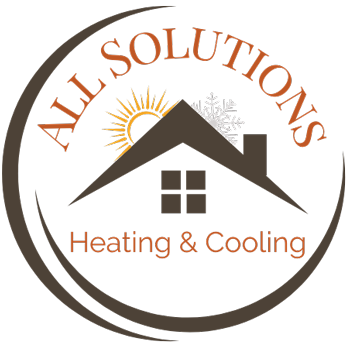
The thought of running both a furnace and heat pump might sound somewhat unusual at first. After all, why do you need two heating systems? Even though furnaces and heat pumps both produce energy-efficient heat, the variations in their design really make installing both of them a practical option. It’s not for everyone, but in the right conditions you will definitely benefit from owning a furnace and a heat pump.
You should take a look at several factors in order to decide if this sort of setup suits you. Your local climate and the size of your home are both very important, especially for the heat pump. This is because numerous models of heat pumps begin to run less effectively in colder weather and large homes. Even so, you can still reap the benefits of heat pump installation in Beaverton.
Heat Pumps Can Be Less Reliable in Colder Weather
Heat pumps are generally less efficient in colder weather as a result of how they provide climate control to begin with. Compared to furnaces, which ignite fuel to create heat, a heat pump reverses its stream of refrigerant to draw heat from outdoor air. This heat is then brought inside and circulated around your home. As long as there is still some heat energy in the air, a heat pump will function. But the lower the temperature, the less efficient this process is.
The less heat energy is usable outside, the more effort is required for a heat pump to bring heat indoors to maintain your preferred temperature. It might depend on the specific make and model, but heat pumps can start to lose out on efficiency at temperatures of 40 degrees and below. They still remain an energy-efficient option until 20-25 degrees, at which a gas furnace should be more effective.
What Temperatures Do Heat Pumps Work Best In?
Heat pumps work best in moderate climates 40 degrees and up. That being said, you don’t have to give up on the benefits of a heat pump just because your local climate is cooler. After all, that’s why installing both a furnace and heat pump can be worth the expense. You can use the heat pump for energy-efficient heat until the weather is chilly enough to call for switching to something like a gas furnace.
Certain makes and models claim greater efficiency in cooler weather. For example, the Lennox MLA heat pump is capable of running at 100% capacity at 0°F. It can even continue running in temperatures as cold as -22°F. For maximum energy efficiency, you’ll likely still want to switch to the furnace in severely cold weather.
So Should I Put in a Heat Pump if I Use a Gas Furnace?
If you’re serious about maintaining the most energy-efficient HVAC system available, installing a heat pump and gas furnace at the same time deserves the investment. Not only is a dual-heating system versatile, but it offers other perks including:
- Reliable backup heating – A redundant heating system means even if one breaks down, you still have the ability to heat your home. It may not be the most energy efficient, but it’s better than living in an unheated home while you hold out for repairs.
- Fewer energy costs – The ability to select which heating system you use based on the highest energy efficiency lowers your total costs. Smaller heating bills over the life span of these systems can really add up to plenty of savings.
- Less strain on both systems – Instead of running one system all winter long, heating resources are split between the furnace and heat pump. Crucial hardware can survive longer since they’re not under constant use.
If you’re still not sure about heat pump installation in Beaverton, don’t hesitate to reach out to your local certified technicians. They can walk you through your home’s comfort needs and help you determine if a dual-heating HVAC system is the ideal option.



